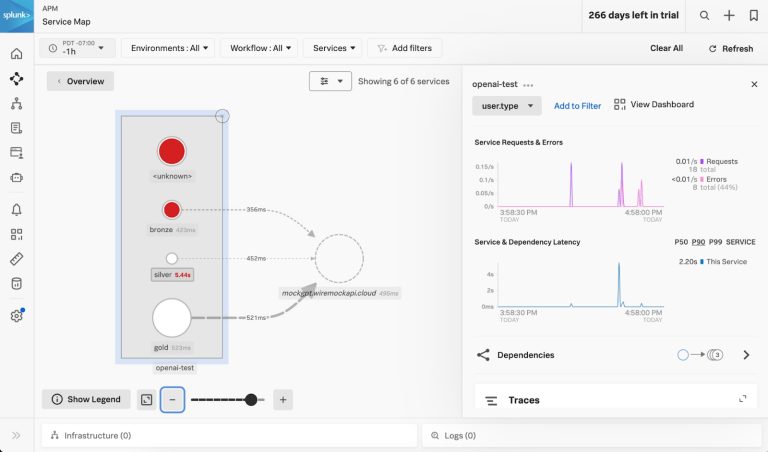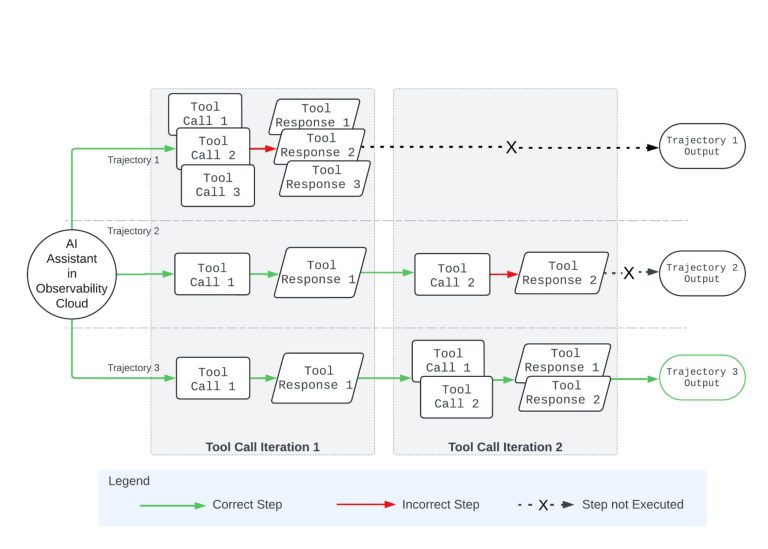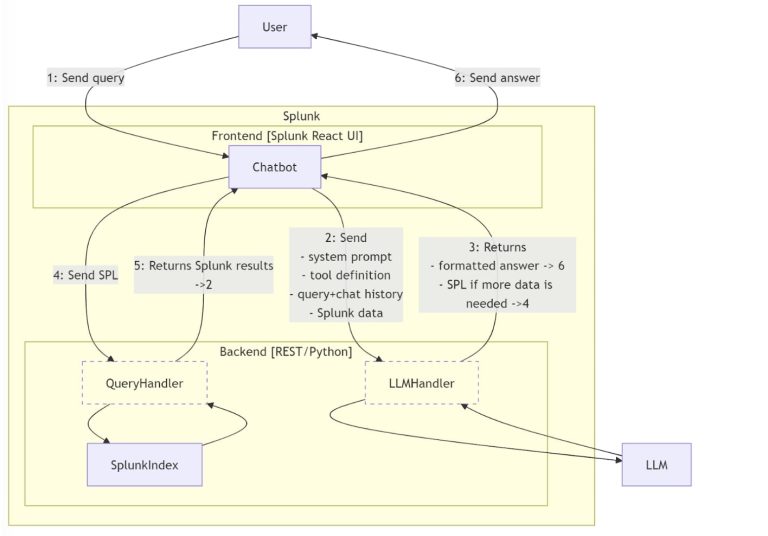Revolutionize Your AIOps Approach with Cutting-Edge Data Classification Strategies
Minimize Noise and Maximize Value
Looking to improve the signal-to-noise ratio in your AIOps to extract deeper insights from your data? This article explores how to effectively utilize OpenTelemetry’s collectors, processors, and data models to enrich or refine classification attributes. These enhancements will optimize your AIOps tools and help you draw greater value from your existing data resources.
The synergy of Splunk AI, Observability, and IT Service Intelligence plays a crucial role in data classification, acting as a powerful mechanism for deriving significant value in AIOps initiatives. Not all data carry the same weight; proper classification empowers smarter resource distribution. Classification can be as simple as adding extra attributes that enable the elimination of unnecessary data. AIOps platforms that leverage effective classification can enhance data management, improve analytical efficiency, and ultimately reduce the costs linked with AIOps development and implementation. By combining the data collection capabilities of OpenTelemetry with its classification processors, you can refine your focus within AIOps environments.
AIOps platforms process a staggering volume of data collected from various sources, including:
- Networking Devices
- Business Applications
- Services
- Logs
- An almost endless array of other data
Implementing early classification of this data can lead to improved outcomes in AIOps. By organizing data based on observability Key Performance Indicators (KPIs) such as Severity (critical, major, minor, known bug) and Urgency (immediate action required, non-urgent, etc.), AI systems like Splunk AI or Splunk ITSI can prioritize the most pressing issues first. The ability to sift through these classifications minimizes the unnecessary consumption of processing power and human resources spent on less critical events.
Initiate your filtering at the forefront of observability: the OpenTelemetry Collector. Data classification serves as a fundamental pre-processor for AIOps algorithms, assisting in structuring and organizing data prior to its entry into AI algorithms. This organized data can optimize Observability, Anomaly Detection, Alerting, and Event Correlation. Classification is vital for keeping your organization’s priorities intact by employing techniques such as categorizing data based on severity and urgency.
Golden Signals or Fool’s Gold?
Similar to miners who use grating to filter out larger rocks before employing a sluice box, effective data classification in AIOps plays an analogous role—distinguishing valuable signals from irrelevant noise. Initial classification can be structured around Source, Type, and relevance to specific functions such as security or performance. For example, source classification may encompass network traffic or application logs, while type classification could categorize data into informational messages, errors, and additional context. Such examples enable an AIOps engine to spotlight what is truly significant for your organization, allowing it to focus on the pertinent data necessary for security, troubleshooting, and optimization.
Key OpenTelemetry Features to Enhance AIOps Observability:
- Standardize Data: OpenTelemetry supports a vendor-neutral approach for collecting telemetry data from diverse sources, creating a consistent format that empowers classification processors to accurately interpret and categorize data.
- Semantic Context: OpenTelemetry allows the integration of semantic context, known as baggage, which includes vital information such as application name, service name, and environment. This context equips classification processors to make well-informed classification decisions.
Classification Processors in the OpenTelemetry Pipeline
Preprocessor Advantage: OpenTelemetry pipelines are designed to accommodate processors that can be implemented prior to data reaching collector classification. Classification processors, like the attributes processor, can operate at the service level, enabling early analysis and categorization of incoming data.
Filtering and Routing: These processors empower users to discard irrelevant data or redirect it to specific AI tools based on its classified importance. This functionality reduces the strain on downstream systems, ensuring that the incoming data reaches the most suitable analytical tools.
Enhanced Data Quality: The classification processing ensures that only relevant data reaches your AIOps and Observability tools, leading to superior analytical quality and more precise insights.
Accelerated Anomaly Detection: By filtering out unnecessary noise, AIOps can focus on anomalies and potential problems more efficiently, leading to faster issue resolution.
Boosted Automation: Data classification can facilitate automated actions based on data types, enabling critical events to trigger immediate remediation processes. Splunk SOAR enhances Security Orchestration, Automation, and Response, streamlining manual tasks.
Examples of Classification Processor Applications:
- Severity Classification: Assign levels of severity such as critical, major, minor, or urgent to data based on established rules or machine learning models.
- Component Classification: Classify data by type (hardware, application tier, cloud provider, networking component) for effective routing to the relevant AIOps and Observability tools.
- Anomaly Detection: Spot unusual patterns in data that may indicate underlying issues.
Integrating Splunk’s adaptation of OpenTelemetry’s data collection and classification processors can create a more efficient data pipeline for AIOps platforms. Effective classification enhances data management, leading to increased analytical efficiency and reduced overhead costs in data processing, significantly curtailing expenses associated with AIOps development and observability implementation.
Resource Optimization
Aligning Resources with Data Significance: Data classification allows you to allocate different levels of processing power within AI algorithms to various data types. For instance, high-priority events can be analyzed using more robust algorithms, thereby optimizing resource utilization and reducing the overall computational costs of AIOps.
Optimizing Storage Requirements: Classification aids in identifying data ready for archiving or deletion based on its relevance and retention needs. Less critical historical data can be stored in more economical tiers, while essential data requiring immediate access can be housed in faster, albeit more expensive, storage solutions. This strategic management can greatly reduce the storage costs related to AIOps.
The Benefits of Data Classification
Implementing effective data classification is crucial for enhancing the efficiency and cost-effectiveness of AIOps platforms. Some of the key benefits include:
- Reduced Data Processing Costs: Classification diminishes processing power and time wasted on irrelevant data.
- Lower Storage Demands: Helps optimize storage allocation based on data significance.
- Quicker Troubleshooting: Streamlines the analysis of critical events, resulting in a reduction in Mean Time to Detect (MTTD), Mean Time to Acknowledge (MTTA), Mean Time to Recover (MTTR), and Mean Time to Know (MTTK).
- Improved Resource Utilization: Aligns AI models and processing power with data and security needs efficiently.
Classification serves as a pivotal step on your path to successful AIOps adoption. OpenTelemetry provides essential classification features along with processors that bolster your AIOps initiatives.
Establish Observability, Set a Baseline, and Optimize Performance
Early implementation of data classification is essential for creating a robust observability pipeline and identifying key signals. A systematic approach to categorizing data based on relevance, potential impact, and sensitivity enables organizations to focus on the collection of vital metrics. This not only improves observability and operations but also cultivates enhanced data management, performance, security, and anomaly detection. Well-categorized datasets empower organizations and their teams to make informed, data-driven decisions. OpenTelemetry collectors, processors, and tools not only bolster observability but also streamline data management, allowing for rapid insights without the hassle of sifting through irrelevant data.
Steps Forward
Start instrumenting your applications and services with Splunk, Splunk Observability, and OpenTelemetry today. Leverage the power of Splunk and OpenTelemetry to weave Observability into your AIOps services, ensuring a continuous cycle of delivery, security, and version/process control to optimize software delivery performance. Explore further by checking out the Introductory Use Case Guide: Splunk Artificial Intelligence for Observability. When you discover a compelling use case, delve deeper by signing up for a free trial of Splunk Observability or the Splunk Platform today!






